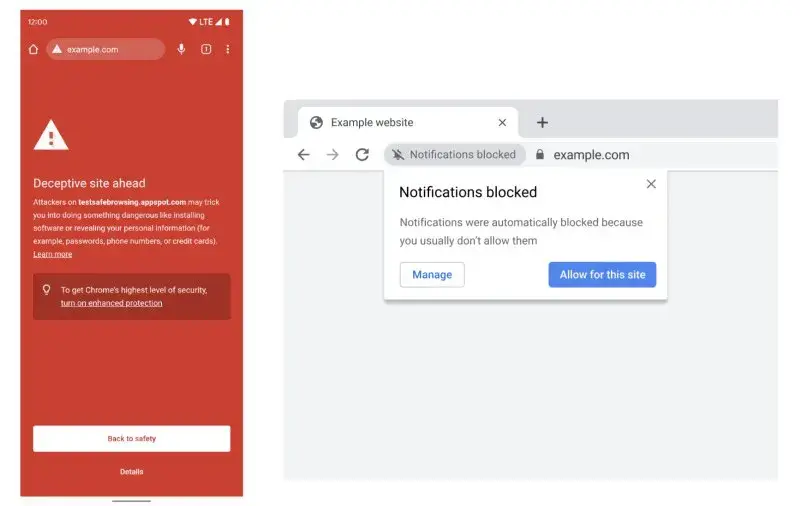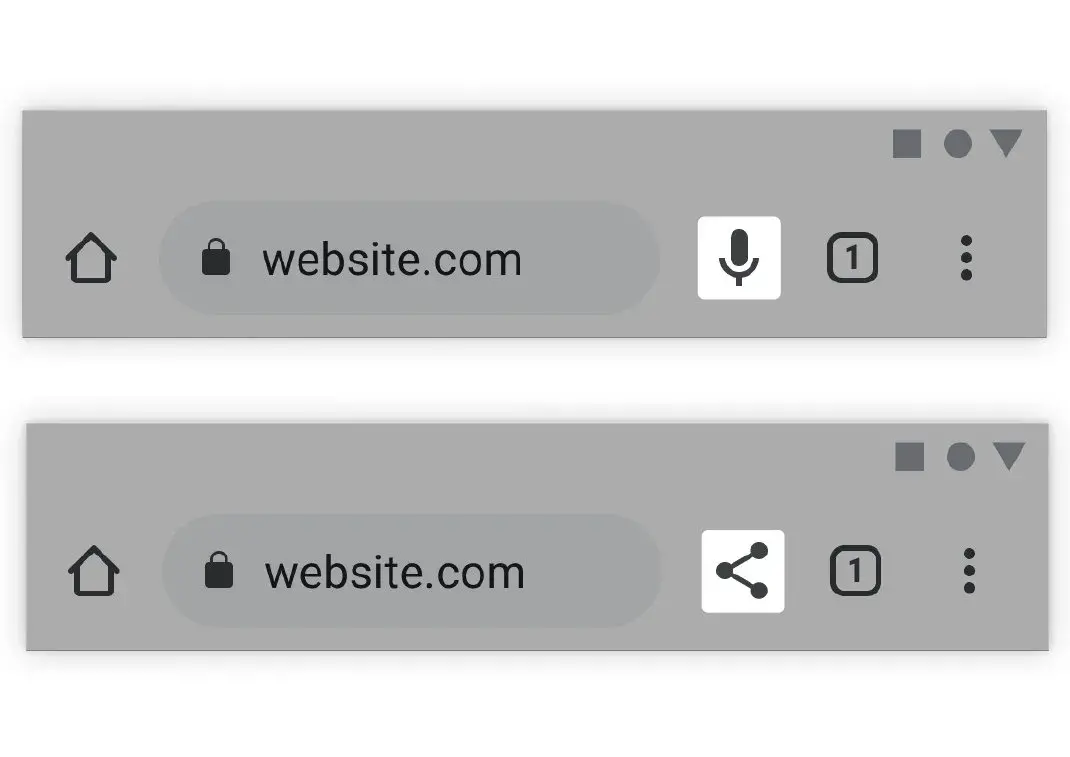Google Chrome browser has a built-in phishing detection function, which can scan pages to see if they match known fake or malicious websites. Now this technology has been strengthened again . Google announced that it will allow machine learning to run locally in the chrome 102 Version (without sending data back to Google or elsewhere), which can help identify websites that actively request notification permission and mute them before they pop up**
Access:


For this technology upgrade, Google explained
To further improve the browsing experience, we are also improving the way people interact with online notifications. On the one hand, page notifications help deliver updates from sites you care about; On the other hand, notification permission prompts can be annoying. To help people navigate the web with minimal disruption, chrome predicts when it is unlikely to grant permission prompts and mutes them. In the next version of chrome, we will launch an ML model that makes these predictions entirely on the device.
In future versions, Google plans to use the same technology to adjust chrome toolbars in real time, and display different buttons, such as sharing icons or voice search, where and when you may use them, without adding additional tracking calls home to Google or anyone else. If you prefer to manually select buttons, you can also.